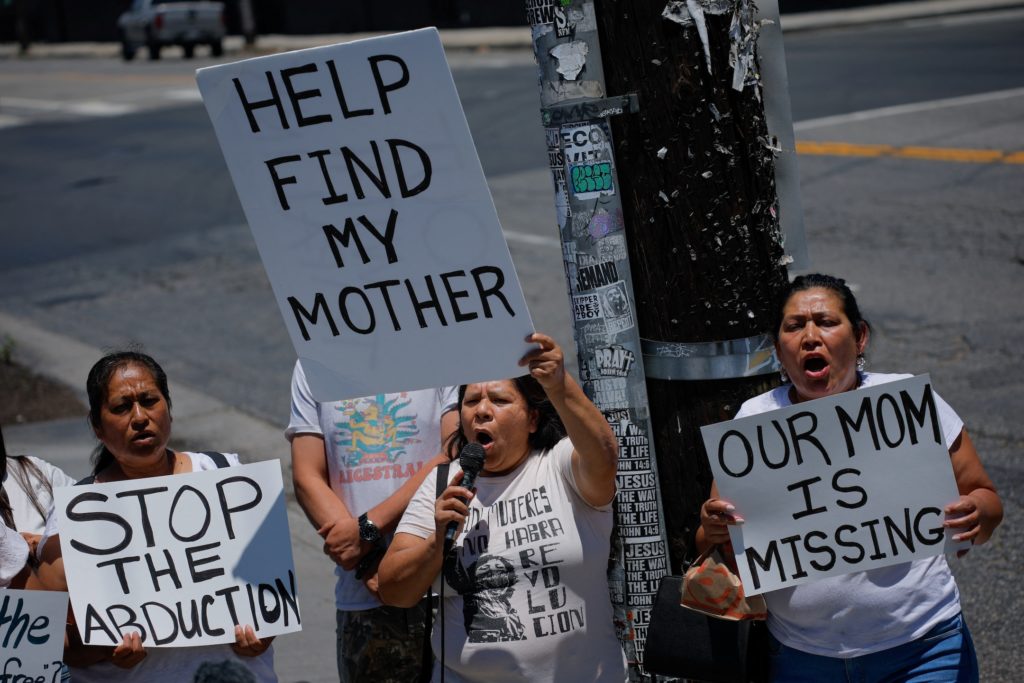Honeybees, which serve a crucial role in food production, have been dying in staggering numbers in the United States.
U.S. commercial beekeepers saw colony losses averaging 62% over the past winter, according to a survey released last month from honeybee research nonprofit Project Apis m. The survey was based on data that included more than two-thirds of commercially raised honeybees in the U.S.
“Something real bad is going on this year,” Scott McArt, associate entomology professor at Cornell University, told The Guardian.
Last week, entomologists at Washington State University forecast that total honeybee losses this year could reach up to 70%. Over the past decade, annual losses have typically been between 40 and 50%, but the numbers have been “increasing steadily” as time goes on, the report said.
Until about two decades ago, beekeepers would typically lose only 10-20% of their bees over the winter months, according to The Guardian.
Arief Juwono via Getty Images
Climate change, habitat destruction, and widespread weed killing were all cited as factors in bee decline by Project Apis m.
The U.S. Department of Agriculture is also studying whether bee-killing viruses or parasites could be contributing to the devastating losses, while Cornell researchers are looking into the impact of pesticides. The Guardian noted that Cornell had to step in to assist with that research after President Donald Trump’s administration made staffing cuts at the USDA.
Honey bees are not native to the U.S., but they play a big part in commercial agriculture. The flying insects pollinate more than 130 types of fruits, nuts and vegetables, making them responsible for $15 billion worth of U.S. crops each year, according to the USDA.
Commercial Blake Shook told CBS News he fears for the future of agriculture.
“If this is a multi-year thing, it’ll change the way we consume food in the United States,” he said.


